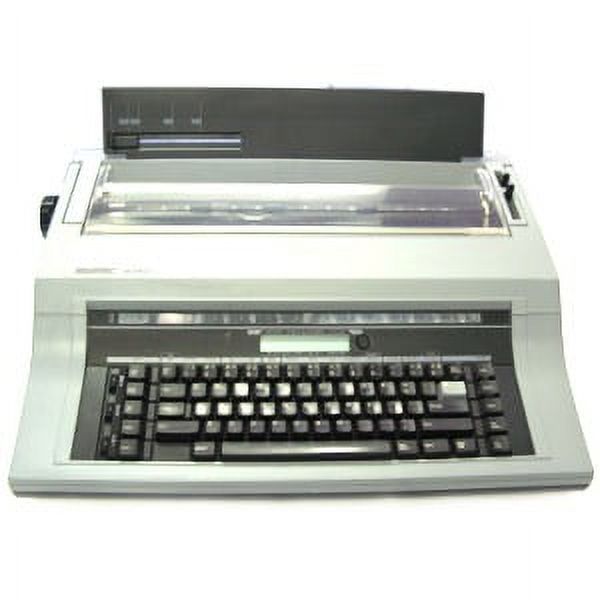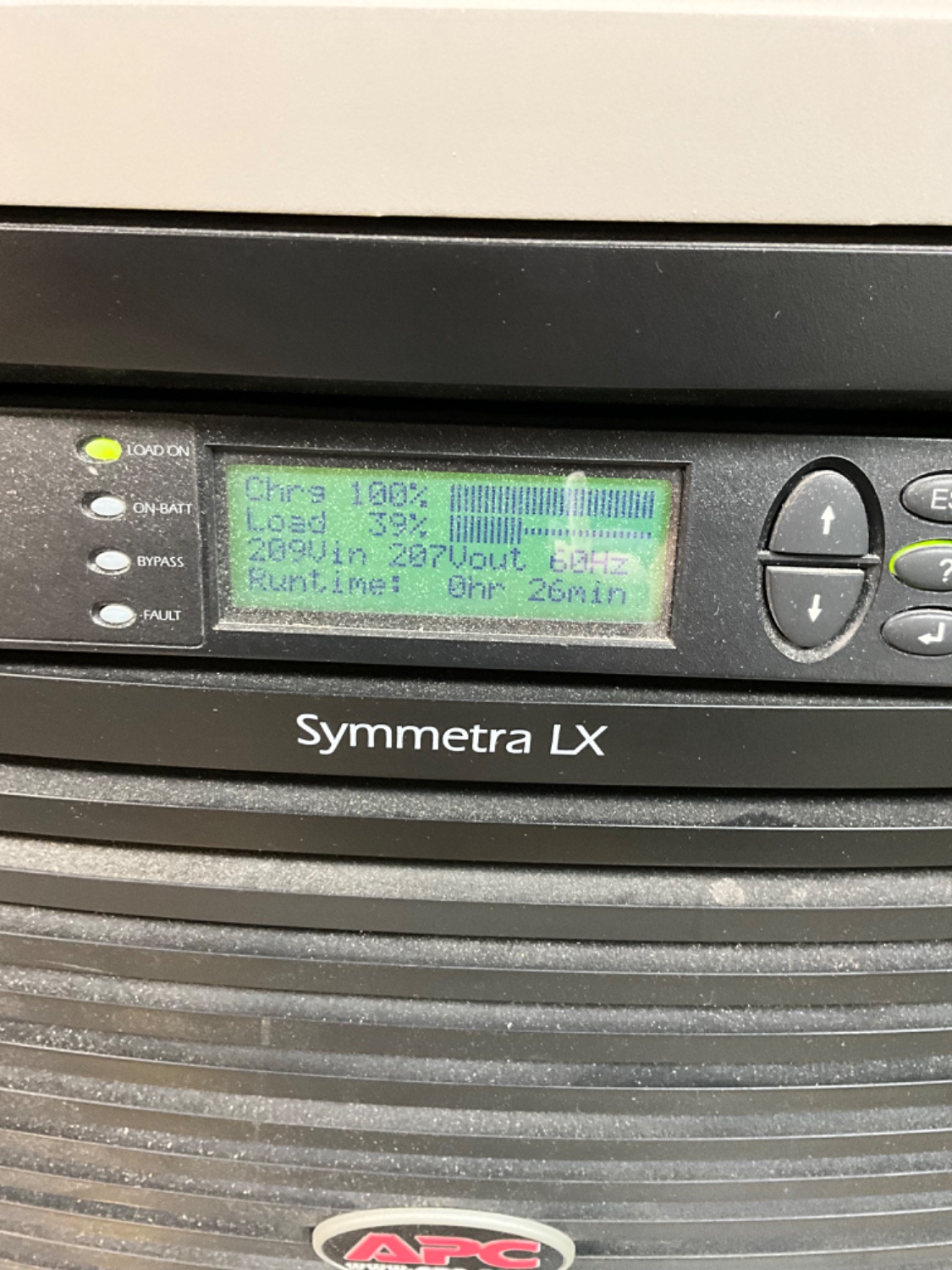

There is no application. It’s a literal typewriter. It takes a key press and stamps it on the paper.



There is no application. It’s a literal typewriter. It takes a key press and stamps it on the paper.



Winget is built-in, doesn’t require an elevated command prompt, and will actually update stuff installed from outside of winget if you want.
I use chocolatey for some kubernetes tools (fluxCD and helm) because they get updated a little bit faster (like a day or less) but it’s pretty much been made obsolete for my use.
That being said, if my job didn’t require me to use windows, I’d probably just use NixOS full time.


Why is port 22 open? Is this on your router as well or just the server?
This is SSH, which you should pretty much never have open (to the internet! Local is fine) MC is by default 25565. You will have every bot on the internet probing that port.


The Idaho researchers observed that reversing the intrinsic angular momentum, or “spin,” of thorium-229’s outermost neutron seemed to take 10,000 times less energy than a typical nuclear excitation. The neutron’s altered spin slightly changes both the electromagnetic and strong forces, but those changes happen to cancel each other out almost exactly. Consequently, the excited nuclear state barely differs from the ground state. Lots of nuclei have similar spin transitions, but only in thorium-229 is this cancellation so nearly perfect.
Basically, thorium-229 can be excited by conventional lasers instead of gamma rays. Instead of millions of electron volts, it takes less than 10, which means it’s more reliable and more precise.
You’re saying that data centers are replacing batteries constantly…just imagine the labor costs on that (and the down time), not even considering the material cost.
I’m the tech doing the battery replacements. The big boy UPSes are typically a 3-5 year replacement cycle. Something like this:

(I just picked the last one on my phone so not a great picture, they’re about the size of a small refrigerator)
On rack mount and desktop style UPSes 18-36 months isn’t unreasonable. Some of the smaller UPSes, like APC 750s, go through batteries even faster. My personal theory is that they just get and stay too hot.
There is typically zero downtime while servicing any of them, every critical system has redundant power supply and battery replacements usually don’t interrupt power output anyway. It would take multiple failures to cause any sort of significant downtime, and if it would, we just do them during scheduled downtime.


You made a post in an open, public forum and you’re confused why others would like to discuss the things that you posted?


Agreed. I’m just looking at the machines that were purchased at the launch of Win 11, but might not have had the proper hardware to transition off 10.
Windows 11 launched in 2021. The bare minimum hardware (8th gen intel) is from 2017. If you were buying 5+ year old hardware in 2021 then that’s on you.
Requiring a support contract to receive continuing updates of software that was very publicly approaching end of support, with published EoL dates for years now does not break any laws.
By that logic, no support contracts are legal in the EU at all, and no product would ever be sunset.